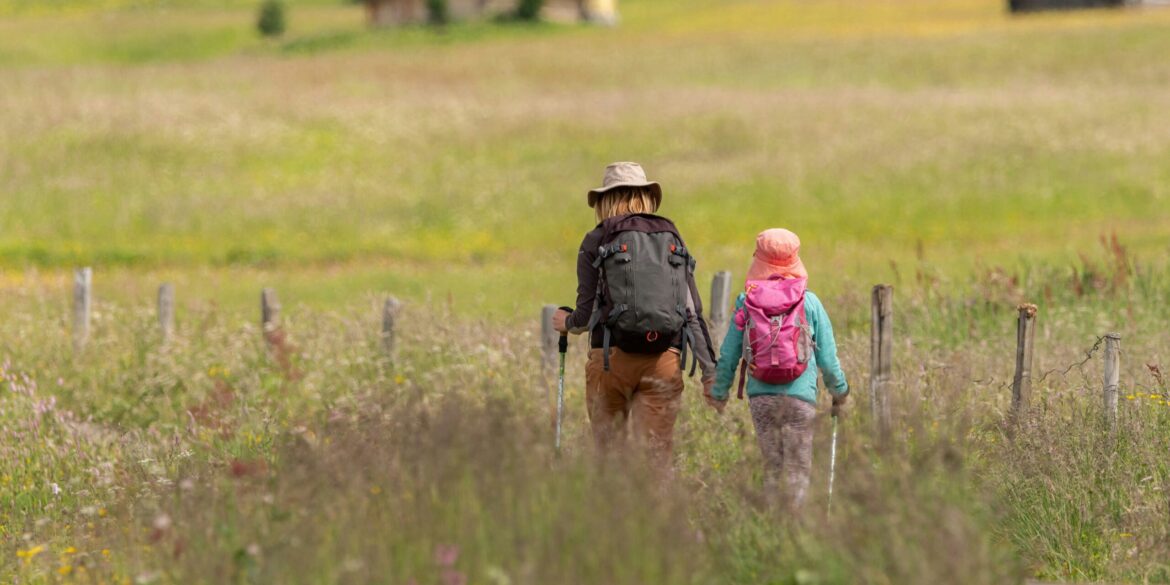As the United States grapples with the growing threats of climate change and biodiversity loss, the importance of preserving public lands has reached an urgent point. Public lands, which include national parks, forests, wildlife refuges, and other protected areas, serve a multitude of critical functions. They are not only sanctuaries for wildlife and essential ecosystems, but also provide recreational spaces for millions of Americans and play a vital role in mitigating climate change. In these challenging times, it is more important than ever for policymakers to prioritize conservation efforts to ensure that these irreplaceable natural assets are preserved for future generations.
One of the key benefits of public lands is their role in safeguarding biodiversity. These lands serve as habitats for countless species, many of which are endangered or at risk of extinction. From the vast forests of the Pacific Northwest to the sprawling deserts of the Southwest, public lands provide essential corridors and sanctuaries where wildlife can thrive. As climate change accelerates, these areas are becoming even more crucial as refuges for species that may struggle to adapt to changing environmental conditions elsewhere. Protecting public lands ensures that these ecosystems remain intact and continue to support the diverse plant and animal life that relies on them.
Read Also: https://democratdigest.com/why-framing-climate-action-as-economic-relief-matters/
Beyond their role in preserving biodiversity, public lands are also invaluable for recreational and cultural purposes. Every year, millions of people visit national parks, forests, and other protected areas to hike, camp, fish, and enjoy the beauty of the natural world. These spaces provide not only physical benefits, such as promoting mental health and physical well-being, but also cultural and spiritual connections to the land. Public lands serve as a reminder of the nation’s natural heritage, offering spaces for reflection, exploration, and education about the environment. For many communities, these lands are central to their identity, offering a sense of pride and stewardship.
Perhaps most importantly, public lands play a critical role in addressing climate change. Many of these areas act as natural carbon sinks, absorbing carbon dioxide from the atmosphere and helping to mitigate the effects of global warming. Forests, wetlands, and grasslands, for example, sequester vast amounts of carbon, which can help offset some of the emissions caused by human activities. Expanding and protecting these areas is one of the most effective strategies we have to combat climate change, as they not only store carbon but also help regulate local and regional climates.
The need for action is urgent. As development pressures increase and the impacts of climate change intensify, public lands are increasingly under threat. Commercial development, mining, logging, and other activities can degrade or destroy these precious areas, undermining their ability to support wildlife, provide recreational opportunities, and act as climate buffers. In this context, it is essential that policymakers act swiftly to safeguard these lands. This includes passing legislation to protect existing public lands, investing in the restoration of damaged ecosystems, and expanding the network of protected areas to ensure a more resilient and diverse natural landscape.
Investing in the protection and expansion of public lands is not only an environmental imperative—it is also an investment in future generations. The natural world provides the foundation for our well-being, from the clean air we breathe to the water we drink. Preserving these lands ensures that future generations will inherit a planet rich in natural resources and beauty, where they can experience the same sense of wonder and connection to nature that we do today. It is imperative that we take action now to protect these irreplaceable assets and ensure that the benefits they provide continue for generations to come. By prioritizing conservation efforts, we can secure a more sustainable, healthy, and vibrant future for all.

